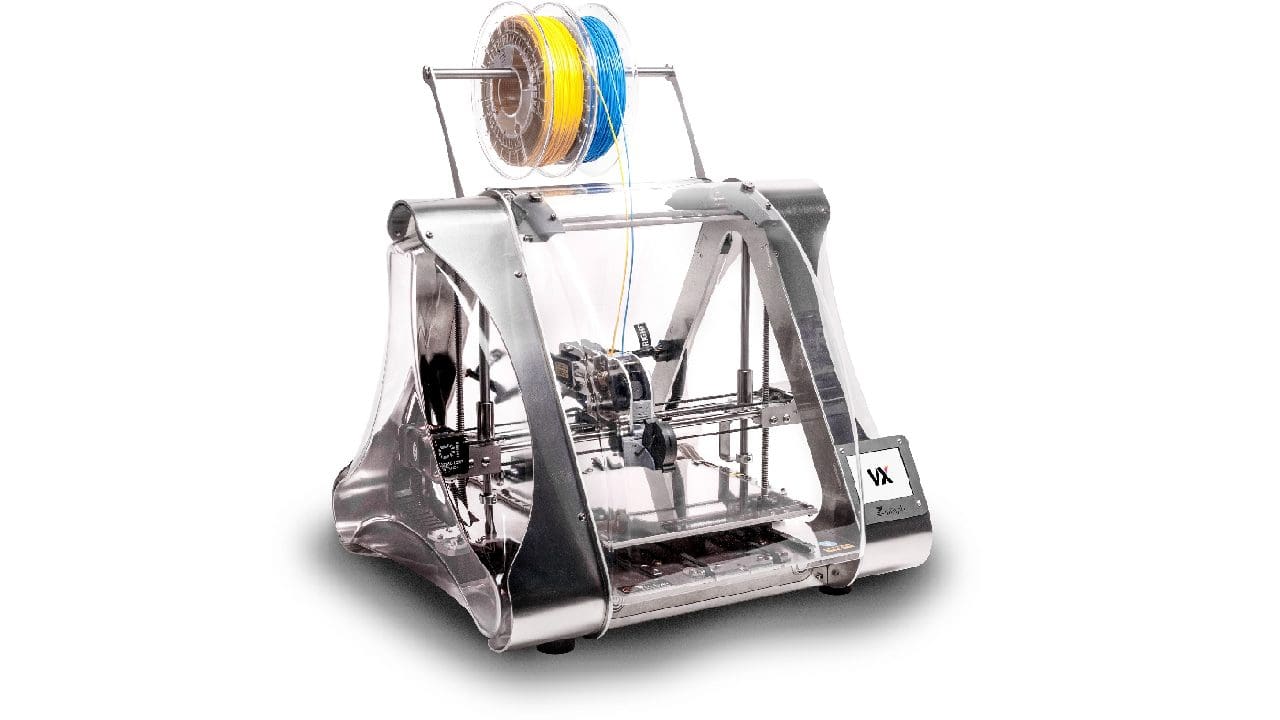What is SLS printing?
In an SLS printer, a powder is placed in a thin, smooth layer on a build surface.
A laser then traces the layer, sintering the material.

Once a layer is complete a new layer of powder is spread, which the laser again sinters.
The process repeats until the print is complete.
Technically any powdered material can be sintered, even metals.
For 3D printing purposes, however, the powders are often polymers.
In the printer, a heating element is used to heat the powder to near the intended sintering temperature.
The resulting prints are also extremely durable in comparison to FDM prints.
While SLS prints may not have layer lines, they do have a somewhat grainy surface texture.
This should generally be smoothed in some way unless that finish is preferred.
The grainy surface is because parts are roughly 30% porous.
The use of a powder base offers a number of upsides and downsides.
Firstly, the unsintered powder acts as a support structure, so no supports are needed.
Secondly, the unused powder can be reclaimed and used again for future prints.
The single biggest issue for most people though will be the price of the hardware.
Printers can start from $100k which puts them out of reach for the average 3D printing enthusiast.
Thankfully, many 3D printing services have the capital to spend to offer SLS printing as a unique service.
Have you had a model printed with an SLS printer?
What did you think of the results?
Let us know down below.